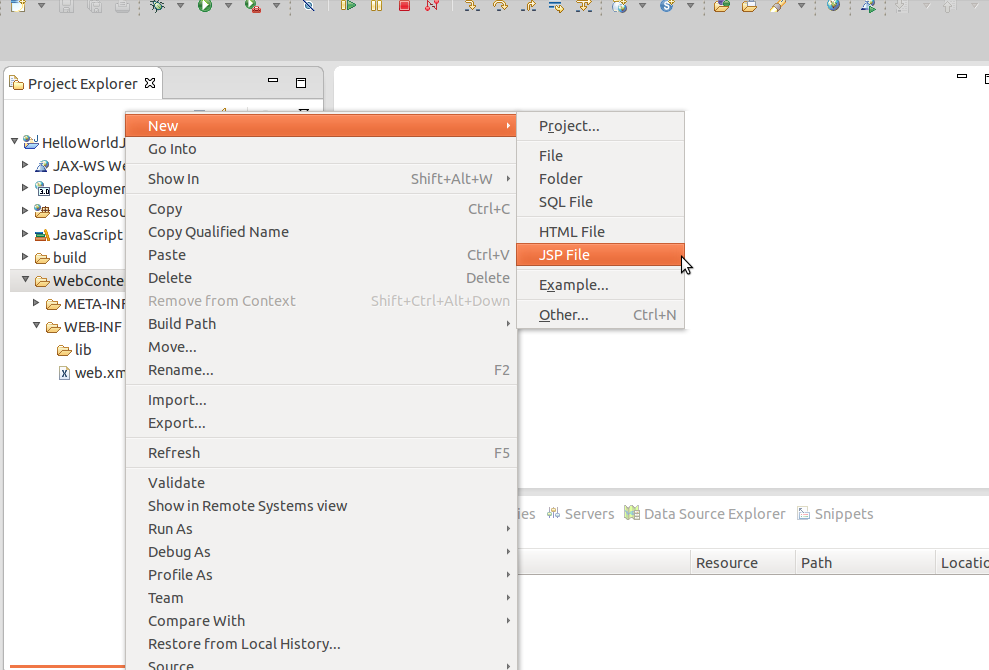

String data = "This is a text inside the file."
 println() - prints the data to the writer along with a new line character at the end. print() - prints the specified data to the writer. The PrintWriter class provides various methods that allow us to print data to the output. To know more, visit Java Charset (official Java documentation). Here, we have used the Charset class to specify the character encoding. PrintWriter output = new PrintWriter(String file, boolean autoFlush, Charset cs) Creates a PrintWriter using some character encoding However, we can specify the character encoding ( UTF8 or UTF16) as well. Note: In all the above cases, the PrintWriter writes data to the file using some default character encoding. the autoFlush is an optional boolean parameter that specifies whether to perform auto flushing or nor. we have created a print writer that will write data to the specified file. PrintWriter output = new PrintWriter(String file, boolean autoFlush) the autoFlush is an optional parameter that specifies whether to perform auto flushing or notģ. we have created a print writer that will write data to the file represented by the FileOutputStream.
println() - prints the data to the writer along with a new line character at the end. print() - prints the specified data to the writer. The PrintWriter class provides various methods that allow us to print data to the output. To know more, visit Java Charset (official Java documentation). Here, we have used the Charset class to specify the character encoding. PrintWriter output = new PrintWriter(String file, boolean autoFlush, Charset cs) Creates a PrintWriter using some character encoding However, we can specify the character encoding ( UTF8 or UTF16) as well. Note: In all the above cases, the PrintWriter writes data to the file using some default character encoding. the autoFlush is an optional boolean parameter that specifies whether to perform auto flushing or nor. we have created a print writer that will write data to the specified file. PrintWriter output = new PrintWriter(String file, boolean autoFlush) the autoFlush is an optional parameter that specifies whether to perform auto flushing or notģ. we have created a print writer that will write data to the file represented by the FileOutputStream. 
Using other output streams // Creates a FileOutputStreamįileOutputStream file = new FileOutputStream("output.txt")
autoFlush is an optional parameter that specifies whether to perform auto flushing or notĢ. we have created a print writer that will write data to the file represented by the FileWriter. PrintWriter output = new PrintWriter(file, autoFlush) Using other writers // Creates a FileWriterįileWriter file = new FileWriter("output.txt") Once we import the package here is how we can create the print writer.ġ. In order to create a print writer, we must import the java.io.PrintWriter package first. This means it forces the writer to write all data to the destination if one of the println() or printf() methods is called. Note: The PrintWriter class also has a feature of auto flushing. Instead, we need to use the checkError() method to find any error in it. It then writes that formatted data to the writer.Īlso, the PrintWriter class does not throw any input/output exception. Unlike other writers, PrintWriter converts the primitive data ( int, float, char, etc.) into the text format. In this Java Tutorial, we learned to print a String to console output in Java programming language.The PrintWriter class of the java.io package can be used to write output data in a commonly readable form (text). Hence, one can use ‘out’ directly without any initialization.Īnd PrintStream.print(String s) prints the string. Typically this stream corresponds to display output or another output destination specified by the host environment or user.īy default, when running the program through a command prompt or any IDE like eclipse, console is the output. ‘out’ field is a Stream (to be specific, its a PrintStream), which is declared public static and final. In the context of printing something to console, System class provides a means to access standard output through one of its fields, out. Deep insight into (String message) method Welcome to The strings have been printed to new lines. * Java Example Program, to print String to console in new lines in Java #Java print new linein jsp how to
In the following program, we have multiple () functions to demonstrate on how to print to console in new lines. If you would like to print strings in a new line, you (). Output Hello World!Welcome to Please note that the two strings have been printed to console as they are concatenated. * Java Example Program, to print String to console in Java In the following program, we have multiple () functions. Print a String to console output in Java Example 2 – Multiple () functions







 0 kommentar(er)
0 kommentar(er)
